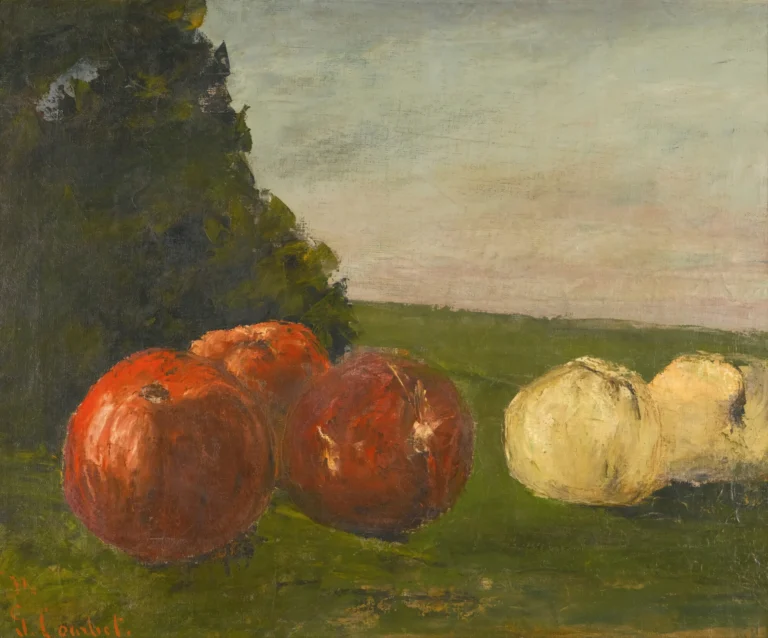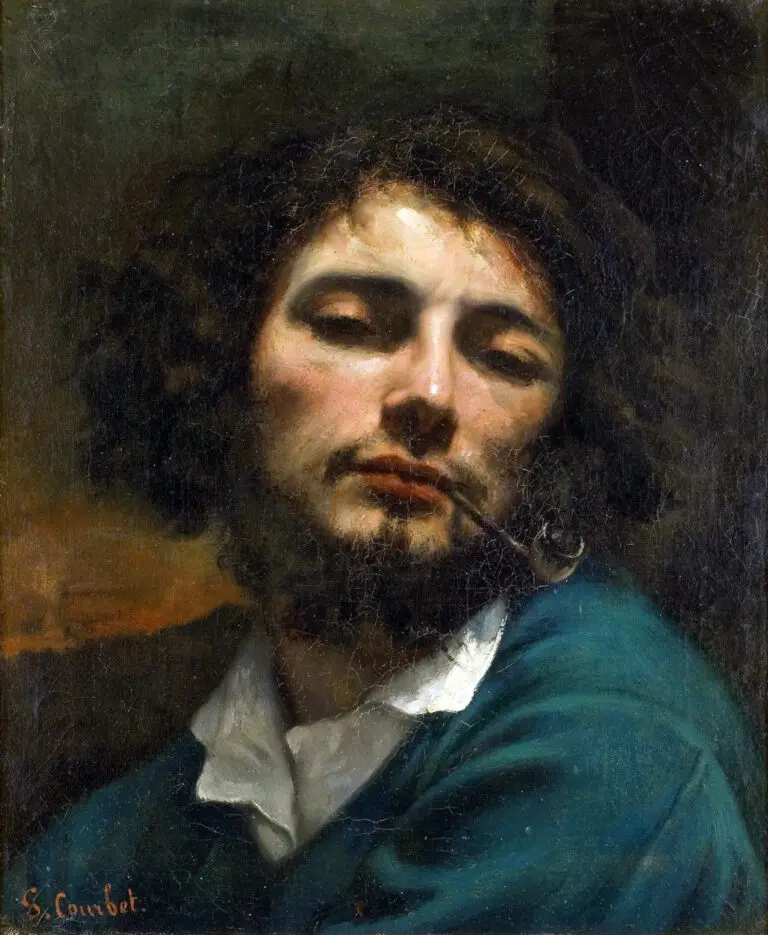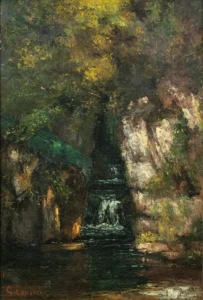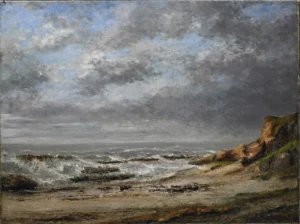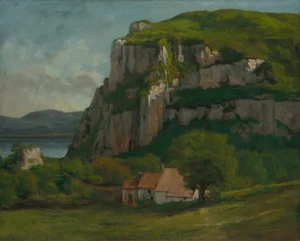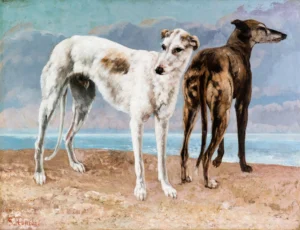Nature morte (1871)
The Nature morte series by Gustave Courbet marks a pivotal moment in the artist's career, showcasing his first foray into still-life painting while he was imprisoned for his political involvement in the Paris Commune. These paintings feature rich, tactile depictions of fruit in simple settings, emphasizing their vibrancy and beauty despite the artist's restrictions. Notable works include 'Still Life with Apples and a Pomegranate,' which captures the beauty of everyday objects, exuding life amidst decay.
1871 - 1872
About the Artwork
In 1871, Gustave Courbet was imprisoned for his participation in the Paris Commune, a radical socialist government that briefly ruled Paris. While he faced confinement, he was allowed to paint but could not have models pose for him. Instead, his sister, Zoé, visited him with flowers and fruit, inspiring this intimate series of still-life paintings. Despite the political turmoil surrounding him, these works served as a testament to Courbet's resilience and creativity, illustrating a deep appreciation for the beauty in ordinary life. The richness of the textures and nuanced colors in these paintings reveal an emotional depth, contrasting with the despair of his imprisonment. This series played a crucial role in redefining the genre of still-life, moving beyond mere representation to evoke a sense of life and vitality.
Did You Know
Liked what you see? Add it to your collection.
Enjoyed reading? Share it.
... continued
Historical Context
During this period, Courbet was imprisoned for his involvement in the Paris Commune, specifically for his role in the toppling of the Vendôme Column. Despite being confined, he was eventually allowed to paint, but he was forbidden to have models pose for him. His sister, Zoé, brought him flowers and fruit, which became the subjects of his still-life paintings.
Characteristics of the Paintings
These paintings mark a departure from Courbet's usual genre of landscape and figure painting, as he explored still-life for the first time. The works are characterized by their rich, tactile depiction of fruit, often arranged in simple, everyday settings. For example, in 'Still Life with Apples and a Pomegranate' (NG5983), the fruit is depicted in a heavy earthenware bowl, with apples and a pomegranate arranged in a way that emphasizes their beauty and sensory qualities. The apples are shown with uneven shapes, thick skins, and some signs of bruising or decay, yet they are portrayed as vibrant and life-affirming rather than symbols of decay.
Specific Works
Several paintings from this series are notable:
- Still Life with Apples and a Pomegranate (NG5983): Held at the National Gallery in London, this painting features apples and a pomegranate in a bowl, along with a pewter coffee pot and a glass of red wine on a brown oak table.
- Still Life with Peaches: Located at the Perth Museum and Art Gallery, this painting is another example from the series.
- Apples and Pears (garden table): This work is part of the collection at the Ny Carlsberg Glyptotek in Copenhagen.
Significance
These paintings were well-received by collectors, despite Courbet being denied an exhibition. They reflect his resilience and creativity during a period of personal and political turmoil. Courbet's still-life works from this period are an affirmation of life, emphasizing the beauty and simplicity of everyday objects.





